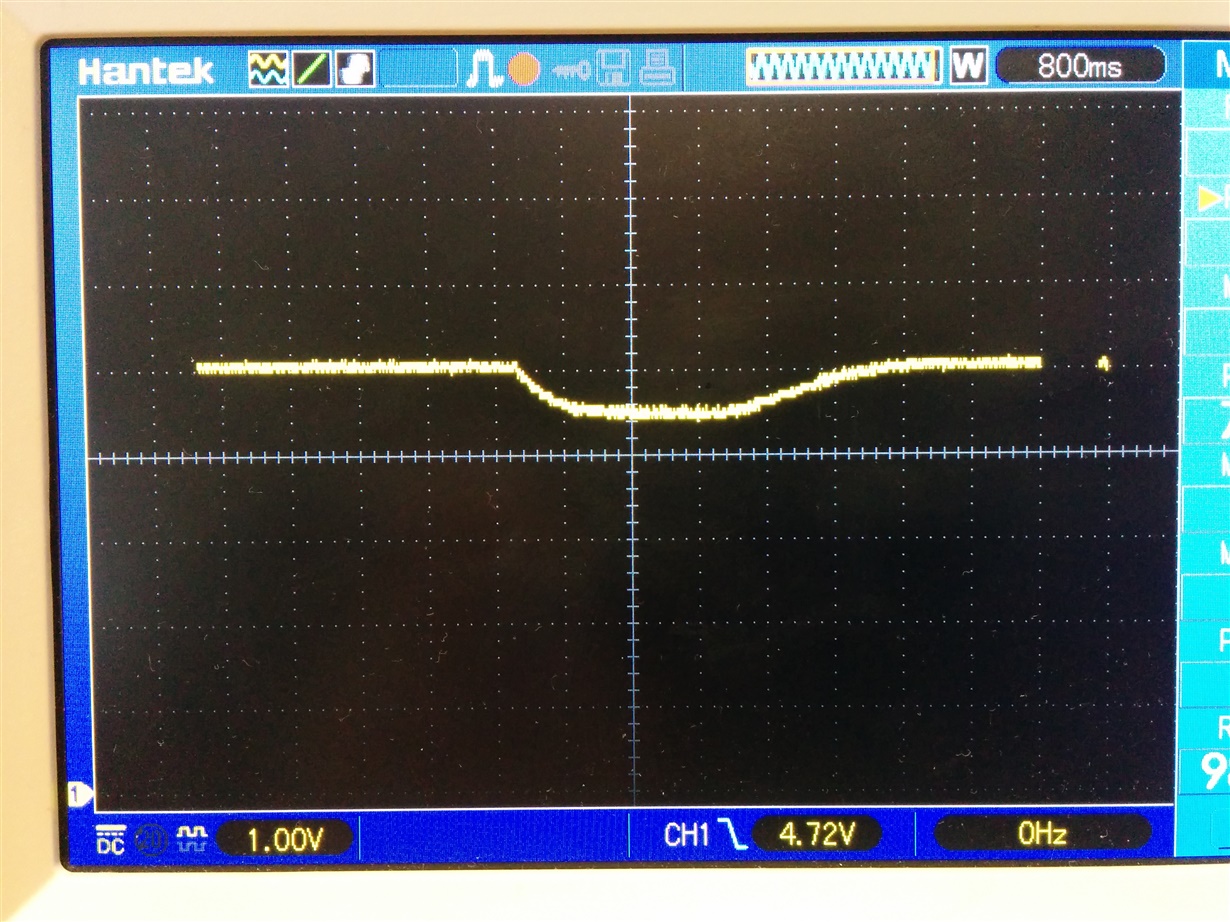Hi,
I'm have a circuit generating +/-5V from a 5V35 input. Loading the -5V output causes the +5V LDO output to drop (eg. drawing 200mA from OUT- causes +5V output to drop from 5.04V to 4.56V. (The -5V rail drops from -4.96V to -4.86V). I can understand the -5V rail dropping a bit (my flying cap is 470n, looks like 1u would be better) but I can't see how this could affect the positive LDO, and by so much. The input 5V35 is rock solid. (Again, maybe need to raise this for a bit more overhead for -5V, but shouldn't affect +5V).
C12, C14 & C15 are X7R.
Any ideas what's wrong?
Thanks.


